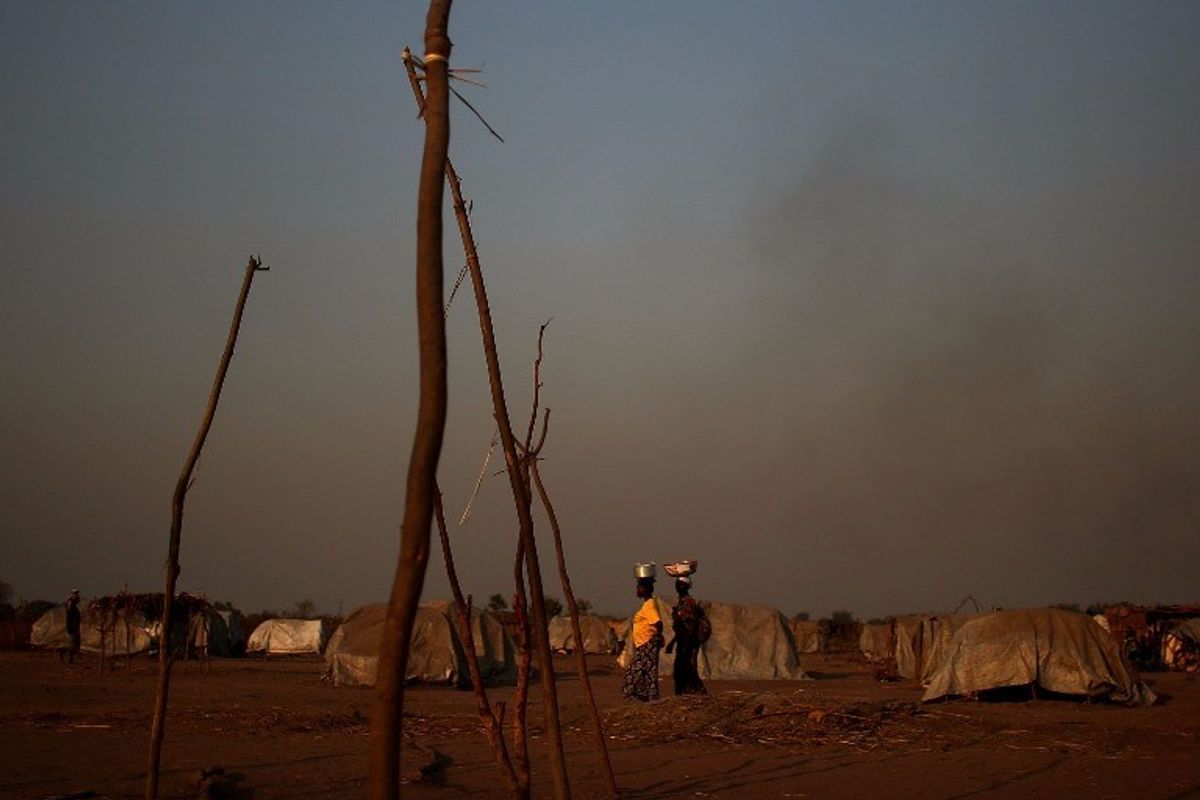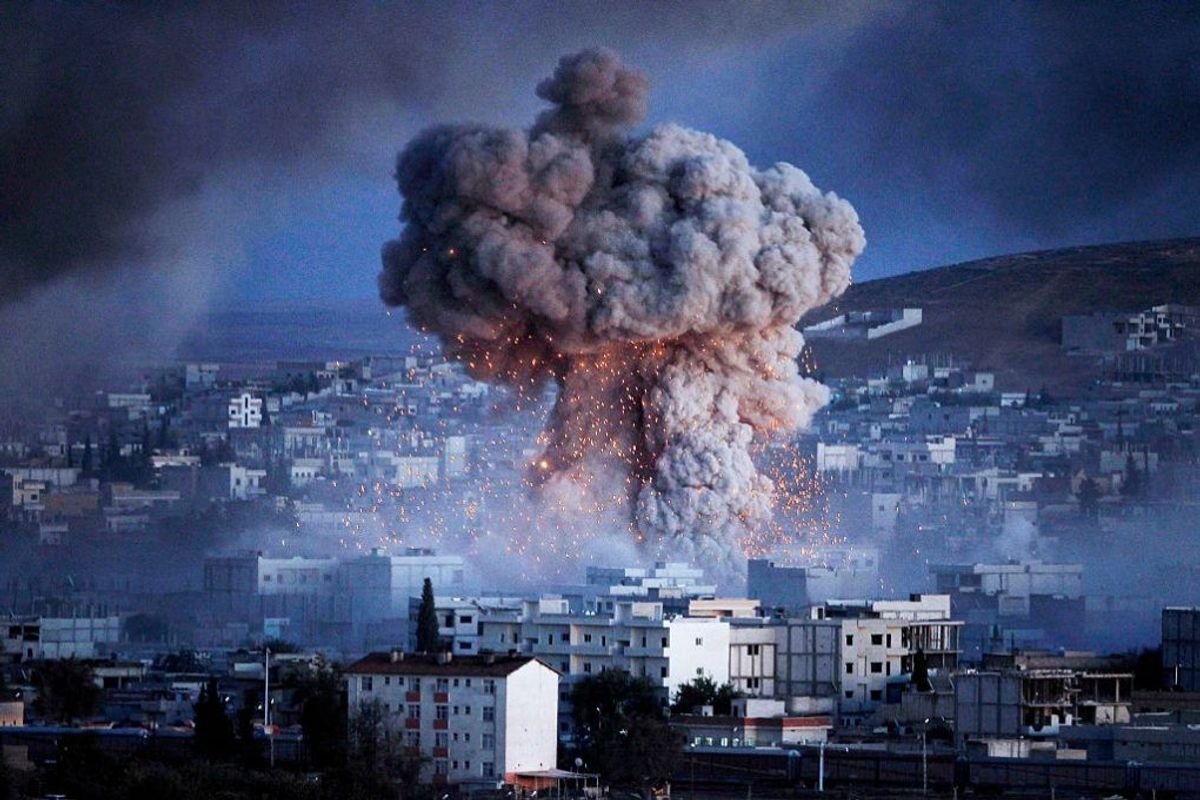The Fragile States Index is a remarkable and welcome document in this era of instant national security analysis, delivered in 24/7 soundbites. With the Index, you actually have real data – data that has been carefully gathered for a broad cross section of the world, and that you can access on a comparative basis over the last 13 years.
It aggregates a series of variables that measure socioeconomic and other conditions across all regions of the world and then folds in qualitative data and expert opinion. Based on the scores, it then projects an estimate of a country’s fragility. As the authors point out, the more important part of the index is not a comparison among countries; it is the evolution of an individual country’s score over the timeframe during which the index has been compiled.
I'm not going to take you through all of the particulars; you can access the report and judge for yourself. But let me comment on just a few of the results to give you some idea of what the index reveals.
Some results are jarring, some are intuitively correct and unsurprising; and some thrust forward countries and issues most people might not be thinking about.
It’s jarring, for example, to see the United States and the United Kingdom among the countries whose scores have worsened in the last year, despite positive scores on many of the measures. This is largely a reflection of harsh political campaigns, an uptick in factionalized politics, and the growing number of disaffected groups. This doesn’t mean that either country is about to collapse of course — in fact, both are judged very stable in the study — but it does underline that even prosperous veteran democracies can begin to develop political pathologies.
Among the intuitively correct and unsurprising findings are that Finland maintains its top position as the world’s least fragile country. After all, during my last trip to Finland, I asked a colleague why Finland scored consistently higher than most countries on educational tests. And she said simply, as though it should be self-evident, “Because we are all Finns!” In other words, it’s not surprising that a small country (population 5.4 million), with a uniform language, a homogeneous population, and a well-established democracy living in a vicinity with others, can achieve prolonged stability.
Nor is it surprising that South Sudan, the world’s newest country, has returned to the top spot as the most fragile country on the globe, given what we have seen in the way of ethnic cleansing, contested elections, food shortages, and political frictions. Other countries with similar profiles, not surprisingly, are also in this category: Somalia, Syria, Yemen, and the Central African Republic all merit very high alert status.
Personally, the most thought-provoking parts of the study involve those countries that appear relatively stable on the surface but for which the study suggests an elevated warning status — countries such as Serbia, Vietnam, Saudi Arabia, Armenia, South Africa, Indonesia, and Moldova. None is in the headlines every day, but all are strategically situated by virtue of geography, ethnicity, resources, or relation to a larger power’s interests.
Now let’s look at three broader questions about the index: what is the utility of such a product for government and scholars? How should other analysts use it? And what, if anything, is an appropriate policy response to its conclusions?
Regarding the study’s utility, government in particular should value the index as a critical component in the area of warning. Avoiding surprise and anticipating discontinuities is an important job for the intelligence services, the military, and our diplomats. And it is one of the most difficult challenges that all three face. While the index in no sense provides a litmus test or sure fire formula, it does place on government desks a data rich, carefully curated checklist that deserves a deeper look and further inquiry. This is true for both government analysts and scholars.
As for the policymaker response, when this data indicates increased fragility or calls for high alert, policymakers should pay attention, especially when their other reporting and their resident experts disagree. In other words, data like this can serve as a check on the classic problems of mindset and mirror imaging that often lead to miscalls in government, diplomacy, and intelligence.
This is one of the lessons learned from retrospective looks at intelligence failures. Often the failure results from an inability or refusal to consider options that run counter to the accepted wisdom.
Further on this theme, a study like this can serve as an antidote to a common malady afflicting national security analysis these days. It seems often that a fairly predictable handful of issues draws our attention and consumes the energy and creativity of government, public policy analysts, and scholars. It's a familiar list: Russia, China, Iran, cybersecurity, North Korea, terrorism, and a handful of broader issues, such as migration and proliferation of dangerous materials. Intellectual and policy energy tends to concentrate around a list like this to the exclusion of other issues that hold the potential for surprise and on which incrementally occurring changes inch toward a tipping point that then thrusts an issue into the foreground. And that’s how policymakers and analysts are caught off guard.
The virtue of the fragile state's index is that it is not driven by headlines, the 24-hour news cycle, or our cable-driven soundbite culture. It gives analysts and government policy makers an opportunity to stand back and look at the world from a perspective based on a more dispassionate, almost clinical, approach to analysis than we find in practically any other arena. And for that we owe a profound debt of gratitude to the Fund for Peace











